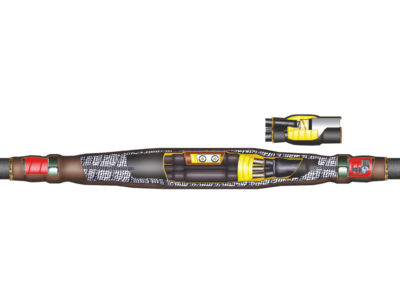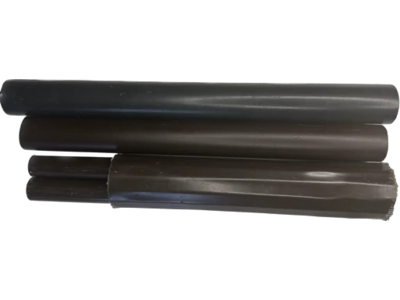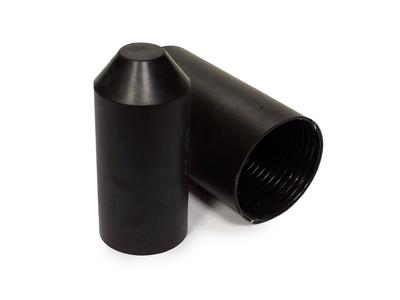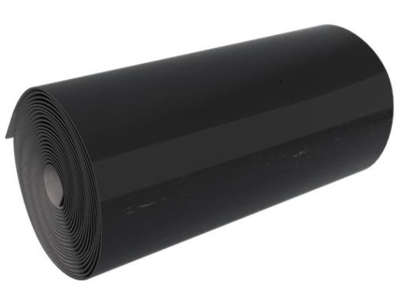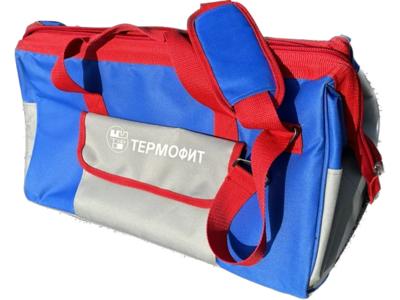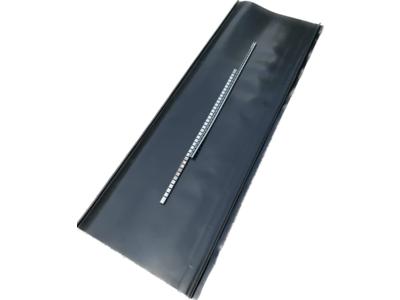The educational center
In order to train, retrain and certify electricians on cable networks, as well as to conduct seminars for engineers, a specialized training center was created at Termofit. The quality of training and professional level of teachers and instructors of the center are confirmed by the license of the Regional Directorate of State Energy Supervision of the North-West of Russia (reg. No. SZ - 107B dated January 31, 2000).
Classes are held on the basis of the St. Petersburg Assembly College, the volume of the educational process and practical training is 70 hours. During their studies, nonresident students are accommodated in the technical school dormitory. After completing the courses and successfully passing the exams, students receive Termofit certificates of the established form, approved by the Cable Line Service of JSC Lenenergo, as well as a complete set of technical documentation for all products manufactured by Termofit.
Training a cable installer up to 35 kV is an important and responsible task, as it requires knowledge and skills to work with high voltage electrical installations.
Theoretical preparation :
The training begins with theoretical training, where students study the basics of electrical engineering, the principles of operation of power supply systems, safety when working with electrical installations, as well as the regulatory framework governing the installation and operation of cable lines up to 35 kV.
Practical skills :
After theoretical training, students gain practical skills by working under the guidance of experienced instructors. They learn to lay and install cable lines, install and connect equipment, perform measurements and inspections, and carry out maintenance and repair of systems up to 35 kV.
Safety :
Working with high voltage requires strict adherence to rules and procedures to avoid potential hazards. Students are trained in labor safety rules, the use of electrical protective equipment, as well as methods for preventing accidents.
Maintaining qualifications :
After completing the basic training course, cable installers must maintain their skills and stay current with new technologies and industry standards. This may include additional training, seminars and certification programs to help them stay up to date with the latest developments and requirements.
In addition, if desired, 35 kV cable installer training may include training in reading and interpreting schematics and drawings, understanding specifications and technical documentation.
Program
Basics of Electrical Engineering:
Laws of electricity and magnetism.
Electrical circuits and elements.
Types of current: direct and alternating current.
Basics of electromagnetic compatibility.
Operating principles of power supply systems:
Organization of power supply.
Electrical network topology.
Distribution and transmission of electricity.
Voltage conversion and distribution.
Safety when working with electrical installations:
Protective measures and safety rules.
Basics of labor protection when working with electrical installations.
Grounding and protective devices.
Use of personal protective equipment.
Regulatory framework and standards:
Regulatory requirements for the installation and operation of cable lines up to 35 kV.
National and international standards in the field of electrical engineering.
Technical documentation and specifications.
Practical skills and techniques:
Laying and installation of cable lines up to 35 kV.
Installation and connection of equipment.
Measurements, tests and inspections of systems up to 35 kV.
Maintenance and repair.
Working with tools and equipment:
Basics of working with hand and power tools.
Use of measuring instruments and special equipment.
Understanding and application of technical means in work.
Communication skills and teamwork:
Interaction with colleagues and instructors.
Reading and interpreting diagrams and drawings.
Reporting and documentation.
The specific training program may vary depending on the needs of the customer. The duration of training can also vary from several weeks to several months, depending on the intensity and depth of the material required.
Our specialist will contact you after filling out the form

